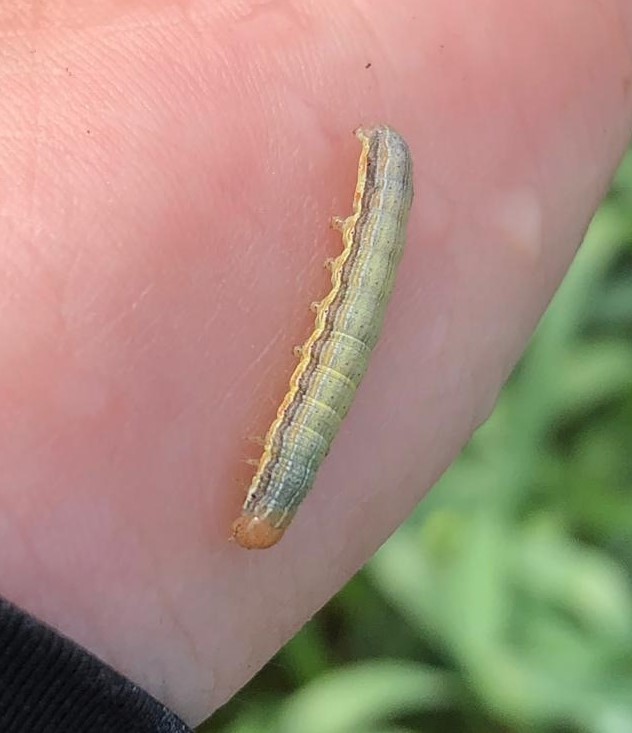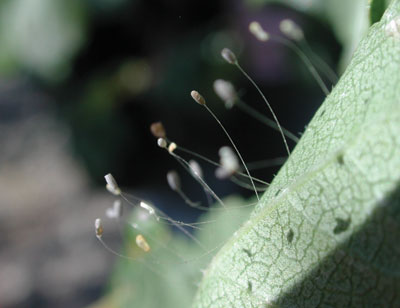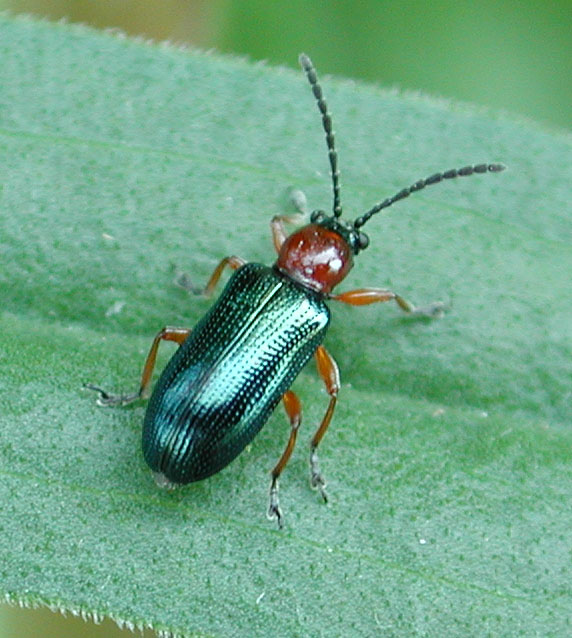True Armyworm Survey

This article was written by Tracey Baute, Entomologist- Field Crops and Joanna Follings, Cereals Specialist True armyworm (Figure 1) has been reported in a number of regions in the province including but not limited to Grey, Bruce, Simcoe, Haldimand, Niagara, Middlesex, Lambton, Elgin, Oxford, Perth, and Bruce counties. Armyworm has been found at low levels […]




